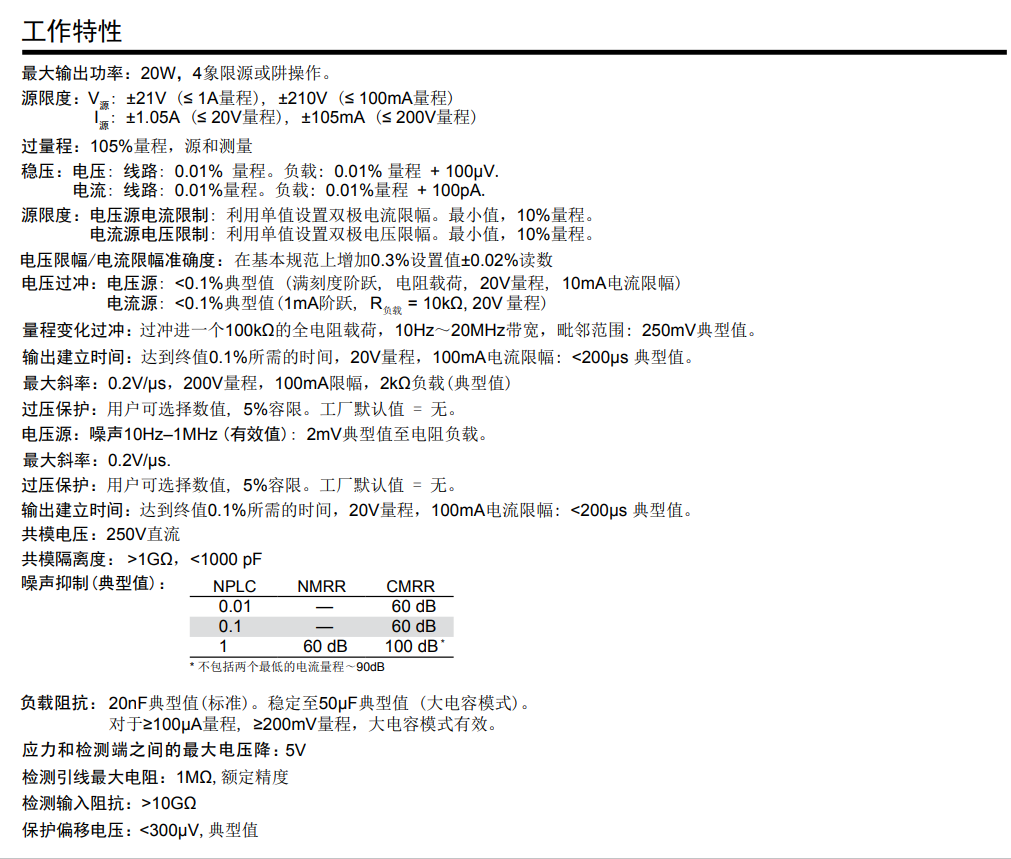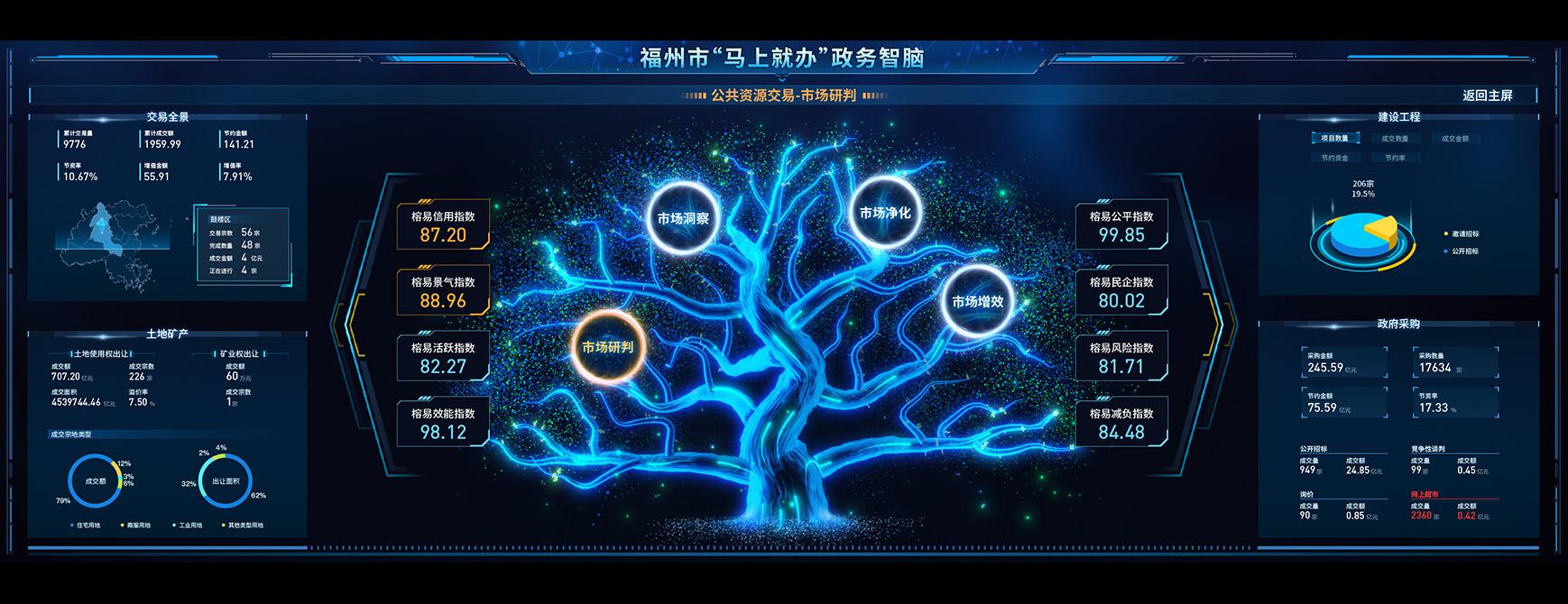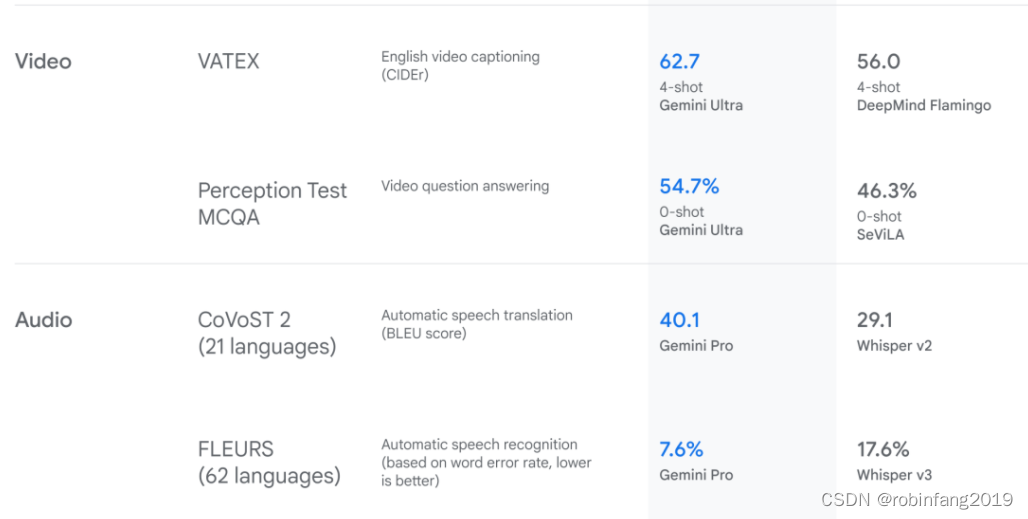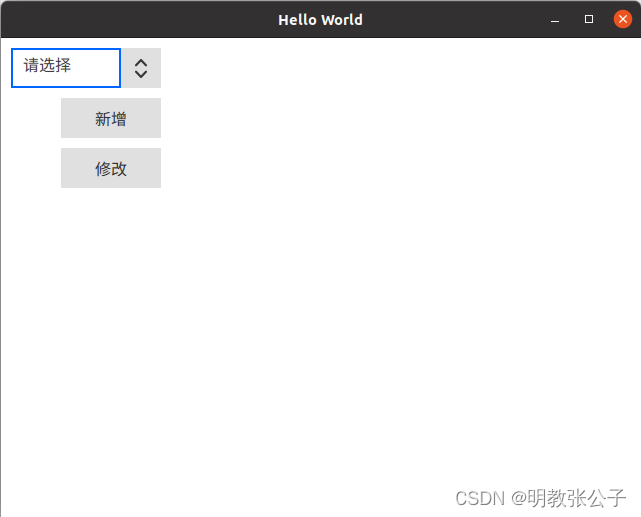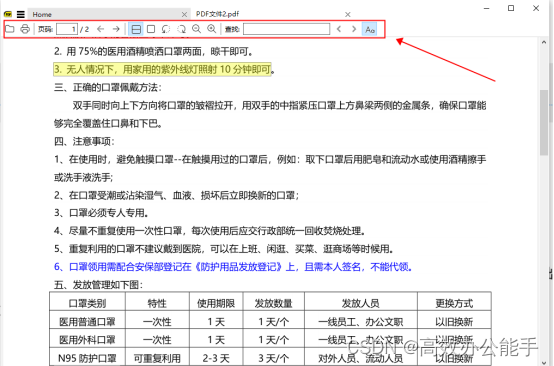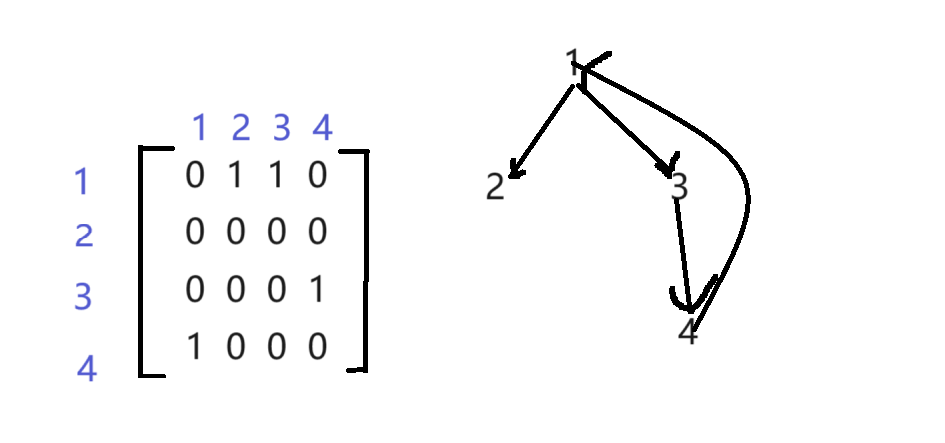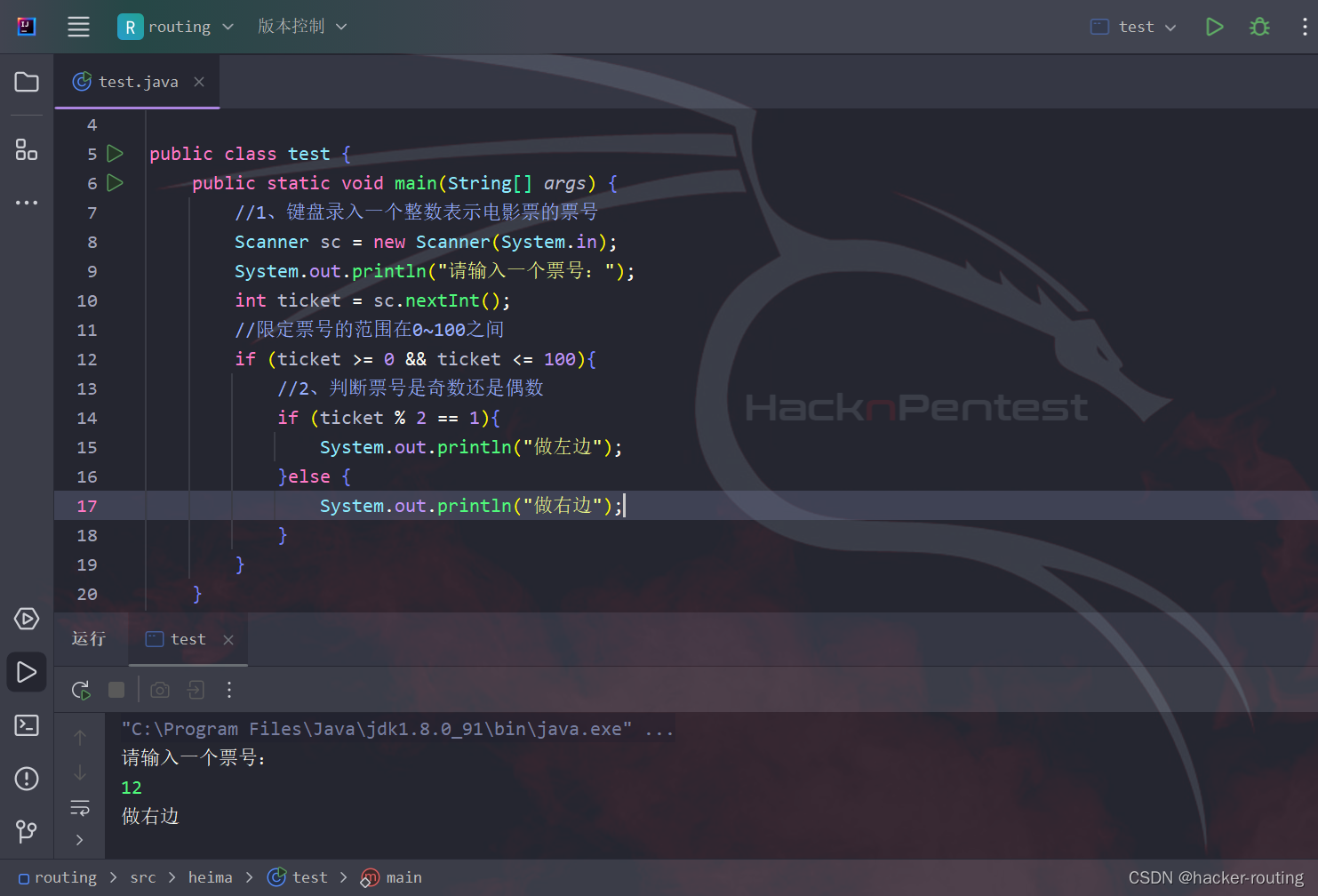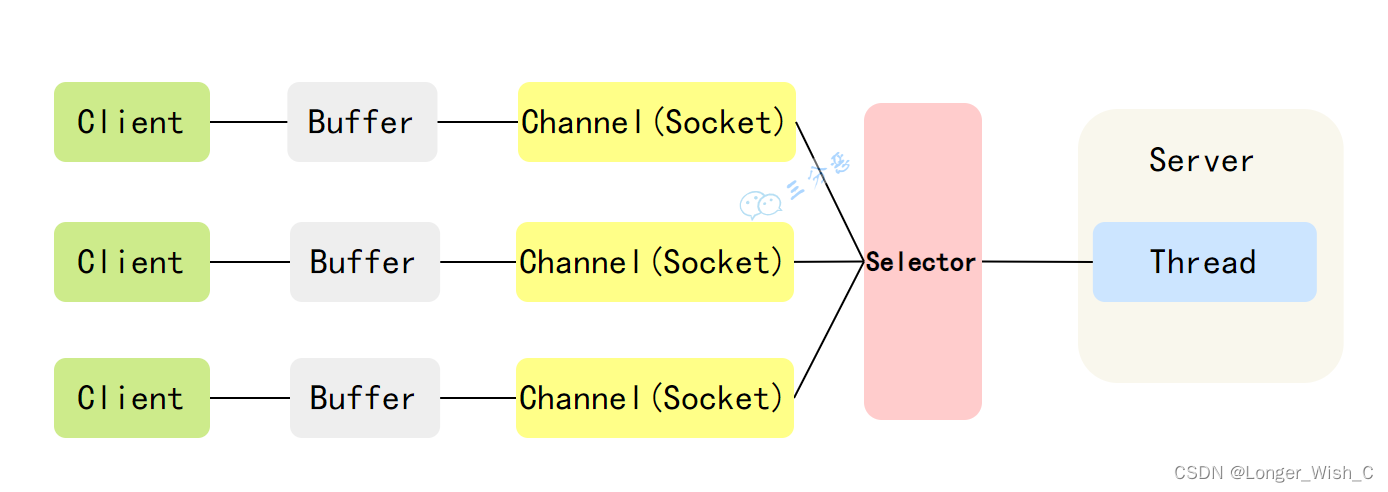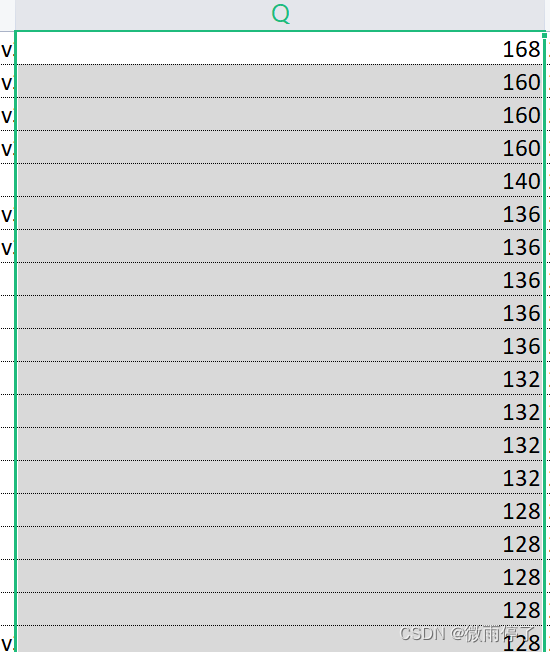模拟退火算法(Simulated Annealing)是一种概率搜索算法,源自于金属退火过程。在金属退火中,通过缓慢降低温度,金属内部的原子能够从高能态逐步达到较低能态。模拟退火算法利用类似的原理,通过随机搜索和概率接受策略来找到近似最优解。
模拟退火算法的原理
- 目标:寻找最小化或最大化目标函数的近似最优解。
- 温度:从高温逐渐降到低温。
- 状态变换:通过随机变换产生邻域解。
- 接受概率:以一定概率接受当前解,概率与温度和能量变化相关。
伪代码
1. 初始化当前解 s0,并设定初始温度 T0
2. while 当前温度 T > Tmin:
3. 随机产生新的解 s'(当前解的邻域解)
4. 计算能量差 ΔE = f(s') - f(s)
5. if ΔE < 0:
6. 接受新的解 s = s'
7. else:
8. 以概率 P(ΔE, T) = exp(-ΔE / T) 接受新的解 s = s'
9. 降低温度 T = T * α
10. 返回最优解
Python 实现:模拟退火算法
示例问题:求解最小化 Rastrigin 函数
Rastrigin 函数是一个常见的多峰函数,用于测试优化算法的全局搜索能力。函数公式如下:
𝑓(𝑥,𝑦)=10×2+(𝑥2−10×cos(2𝜋𝑥))+(𝑦2−10×cos(2𝜋𝑦))
Python 实现:
import math
import random
import numpy as np
import matplotlib.pyplot as plt
# Rastrigin 函数
def rastrigin(x):
A = 10
return A * len(x) + sum([(xi**2 - A * math.cos(2 * math.pi * xi)) for xi in x])
# 邻域解生成函数
def random_neighbor(x, bounds, step_size=0.5):
return [min(max(xi + random.uniform(-step_size, step_size), bounds[i][0]), bounds[i][1]) for i, xi in enumerate(x)]
# 模拟退火算法
def simulated_annealing(objective, bounds, T0=1000, Tmin=1e-5, alpha=0.9, max_iter=1000):
# 随机初始化起点
x = [random.uniform(b[0], b[1]) for b in bounds]
best_solution = x
best_score = objective(x)
current_solution = x
current_score = best_score
T = T0
scores = []
for _ in range(max_iter):
if T < Tmin:
break
# 生成新邻域解
neighbor = random_neighbor(current_solution, bounds)
neighbor_score = objective(neighbor)
# 接受概率计算
if neighbor_score < current_score:
current_solution = neighbor
current_score = neighbor_score
else:
p = math.exp((current_score - neighbor_score) / T)
if random.random() < p:
current_solution = neighbor
current_score = neighbor_score
# 更新最优解
if current_score < best_score:
best_solution = current_solution
best_score = current_score
scores.append(best_score)
# 降低温度
T *= alpha
return best_solution, best_score, scores
# 定义搜索空间(x 和 y 的范围)
bounds = [(-5.12, 5.12), (-5.12, 5.12)]
# 使用模拟退火算法最小化 Rastrigin 函数
best_solution, best_score, scores = simulated_annealing(rastrigin, bounds)
print("Best solution:", best_solution)
print("Best score:", best_score)
# 绘制优化过程中的得分变化
plt.plot(scores)
plt.xlabel("Iteration")
plt.ylabel("Best Score")
plt.title("Simulated Annealing Optimization Process")
plt.show()
结果分析
通过运行以上代码,我们可以观察到模拟退火算法的搜索过程,并找到接近最优解的结果:
- 最优解:
Best solution - 最优值:
Best score - 优化过程:
scores显示了得分随迭代次数的变化趋势。
结论
模拟退火算法是一种用于全局优化的启发式搜索方法,能够有效地找到复杂多峰函数的近似最优解。它的成功取决于温度衰减率和接受概率策略等参数的选择。通过调整这些参数,可以提高算法的搜索效率和性能。
模拟退火算法参数调优
模拟退火算法的性能很大程度上取决于温度衰减率、初始温度和步长的选择。下面是这些参数的常见选择策略:
-
初始温度 (
T0):- 设定得足够高,以确保在开始时接受不好的解,从而允许算法进行全局搜索。
- 常见值:1000、5000等。
-
温度衰减率 (
alpha):- 温度每次迭代后的衰减比率。
- 常见值:0.9 ~ 0.99。
-
终止温度 (
Tmin):- 温度降低到何值以下停止搜索。
- 常见值:1e-5 ~ 1e-8。
-
步长 (
step_size):- 用于生成新邻域解的随机步长。
- 常见值:0.1 ~ 1.0。
多目标优化问题
多目标优化问题(Multi-objective Optimization Problem,MOP)是指同时优化多个相互冲突的目标。在模拟退火算法中,常见的多目标优化方法包括:
- 权重和法:为每个目标设置权重,将多个目标组合成一个加权目标函数。
- 帕累托优化:寻找帕累托最优解集,并通过模拟退火进行搜索。
案例分析:求解多目标优化问题
示例问题:双目标优化的 ZDT1 问题
ZDT1 问题是双目标优化问题的一个经典例子。目标函数如下:
约束条件:
Python 实现:
import math
import random
import numpy as np
import matplotlib.pyplot as plt
# ZDT1 问题
def zdt1(x):
f1 = x[0]
g = 1 + 9 * sum(x[1:]) / (len(x) - 1)
f2 = g * (1 - math.sqrt(f1 / g))
return f1, f2
# 权重和目标函数
def weighted_sum(x, w):
f1, f2 = zdt1(x)
return w[0] * f1 + w[1] * f2
# 邻域解生成函数
def random_neighbor_multi(x, bounds, step_size=0.1):
return [min(max(xi + random.uniform(-step_size, step_size), bounds[i][0]), bounds[i][1]) for i, xi in enumerate(x)]
# 多目标模拟退火算法
def simulated_annealing_multi(objective, bounds, w, T0=1000, Tmin=1e-5, alpha=0.9, max_iter=1000):
# 随机初始化起点
x = [random.uniform(b[0], b[1]) for b in bounds]
best_solution = x
best_score = objective(x, w)
current_solution = x
current_score = best_score
T = T0
scores = []
for _ in range(max_iter):
if T < Tmin:
break
# 生成新邻域解
neighbor = random_neighbor_multi(current_solution, bounds)
neighbor_score = objective(neighbor, w)
# 接受概率计算
if neighbor_score < current_score:
current_solution = neighbor
current_score = neighbor_score
else:
p = math.exp((current_score - neighbor_score) / T)
if random.random() < p:
current_solution = neighbor
current_score = neighbor_score
# 更新最优解
if current_score < best_score:
best_solution = current_solution
best_score = current_score
scores.append(best_score)
# 降低温度
T *= alpha
return best_solution, scores
# 定义搜索空间
bounds = [(0, 1) for _ in range(30)]
weights = [0.5, 0.5]
# 使用多目标模拟退火算法最小化 ZDT1 问题
best_solution, scores = simulated_annealing_multi(weighted_sum, bounds, weights)
# 打印结果
f1, f2 = zdt1(best_solution)
print("Best solution:", best_solution)
print("Objective values:", (f1, f2))
# 绘制优化过程中的得分变化
plt.plot(scores)
plt.xlabel("Iteration")
plt.ylabel("Best Weighted Score")
plt.title("Simulated Annealing Multi-objective Optimization Process")
plt.show()
结论
通过优化 ZDT1 问题,我们了解到模拟退火算法在多目标优化问题上的适用性。重要的是选择适当的参数和策略,包括权重分配、温度衰减和步长等。模拟退火算法在全局搜索上具有广泛的应用潜力,可以有效地应对高维优化问题。
在继续深入探讨模拟退火算法的优化和应用过程中,让我们进一步扩展内容,包括:
- 非线性函数优化:优化非线性函数以显示模拟退火算法的多功能性。
- 组合优化问题:应用模拟退火算法于旅行商问题(TSP)。
- 参数调优:展示如何通过调优参数来改善算法性能。
非线性函数优化
在非线性函数优化问题中,我们可以尝试优化 Himmelblau 函数,这是一个常见的多极值函数,定义如下:
Python 实现:
import random
import math
import numpy as np
import matplotlib.pyplot as plt
# Himmelblau 函数
def himmelblau(x):
return (x[0]**2 + x[1] - 11)**2 + (x[0] + x[1]**2 - 7)**2
# 邻域解生成函数
def random_neighbor(x, bounds, step_size=0.5):
return [min(max(xi + random.uniform(-step_size, step_size), bounds[i][0]), bounds[i][1]) for i, xi in enumerate(x)]
# 模拟退火算法
def simulated_annealing(objective, bounds, T0=1000, Tmin=1e-5, alpha=0.9, max_iter=1000):
# 随机初始化起点
x = [random.uniform(b[0], b[1]) for b in bounds]
best_solution = x
best_score = objective(x)
current_solution = x
current_score = best_score
T = T0
scores = []
for _ in range(max_iter):
if T < Tmin:
break
# 生成新邻域解
neighbor = random_neighbor(current_solution, bounds)
neighbor_score = objective(neighbor)
# 接受概率计算
if neighbor_score < current_score:
current_solution = neighbor
current_score = neighbor_score
else:
p = math.exp((current_score - neighbor_score) / T)
if random.random() < p:
current_solution = neighbor
current_score = neighbor_score
# 更新最优解
if current_score < best_score:
best_solution = current_solution
best_score = current_score
scores.append(best_score)
# 降低温度
T *= alpha
return best_solution, best_score, scores
# 定义搜索空间
bounds = [(-5, 5), (-5, 5)]
# 使用模拟退火算法最小化 Himmelblau 函数
best_solution, best_score, scores = simulated_annealing(himmelblau, bounds)
print("Best solution:", best_solution)
print("Best score:", best_score)
# 绘制优化过程中的得分变化
plt.plot(scores)
plt.xlabel("Iteration")
plt.ylabel("Best Score")
plt.title("Simulated Annealing Optimization Process (Himmelblau)")
plt.show()
组合优化问题:旅行商问题(TSP)
旅行商问题(Traveling Salesman Problem,TSP)是组合优化问题中的经典问题。目标是在给定的城市集合中,找到访问所有城市且回到出发点的最短路径。
Python 实现:
import random
import math
import matplotlib.pyplot as plt
# 计算两城市之间的距离
def distance(city1, city2):
return math.sqrt((city1[0] - city2[0])**2 + (city1[1] - city2[1])**2)
# 计算总路径长度
def total_distance(tour, cities):
return sum(distance(cities[tour[i]], cities[tour[i + 1]]) for i in range(len(tour) - 1)) + distance(cities[tour[0]], cities[tour[-1]])
# 邻域解生成函数
def random_neighbor_tsp(tour):
new_tour = tour[:]
i, j = random.sample(range(len(tour)), 2)
new_tour[i], new_tour[j] = new_tour[j], new_tour[i]
return new_tour
# 模拟退火算法
def simulated_annealing_tsp(cities, T0=1000, Tmin=1e-5, alpha=0.99, max_iter=1000):
tour = list(range(len(cities)))
random.shuffle(tour)
best_solution = tour
best_score = total_distance(tour, cities)
current_solution = tour
current_score = best_score
T = T0
scores = []
for _ in range(max_iter):
if T < Tmin:
break
# 生成新邻域解
neighbor = random_neighbor_tsp(current_solution)
neighbor_score = total_distance(neighbor, cities)
# 接受概率计算
if neighbor_score < current_score:
current_solution = neighbor
current_score = neighbor_score
else:
p = math.exp((current_score - neighbor_score) / T)
if random.random() < p:
current_solution = neighbor
current_score = neighbor_score
# 更新最优解
if current_score < best_score:
best_solution = current_solution
best_score = current_score
scores.append(best_score)
# 降低温度
T *= alpha
return best_solution, best_score, scores
# 随机生成城市坐标
random.seed(0)
num_cities = 20
cities = [(random.uniform(0, 100), random.uniform(0, 100)) for _ in range(num_cities)]
# 使用模拟退火算法解决 TSP
best_solution, best_score, scores = simulated_annealing_tsp(cities)
print("Best solution:", best_solution)
print("Best score:", best_score)
# 绘制优化过程中的得分变化
plt.plot(scores)
plt.xlabel("Iteration")
plt.ylabel("Best Score")
plt.title("Simulated Annealing Optimization Process (TSP)")
plt.show()
# 绘制 TSP 最优路径
x = [cities[i][0] for i in best_solution] + [cities[best_solution[0]][0]]
y = [cities[i][1] for i in best_solution] + [cities[best_solution[0]][1]]
plt.plot(x, y, marker='o')
plt.xlabel("X Coordinate")
plt.ylabel("Y Coordinate")
plt.title("Optimal Tour (TSP)")
plt.show()
结论
模拟退火算法通过不断地接受或拒绝新解来达到全局优化的目标。我们展示了如何使用模拟退火算法优化非线性函数、组合优化问题,并且通过参数调优进一步优化了算法性能。对于特定问题来说,模拟退火算法的成功取决于参数设置以及随机搜索策略的选择。
